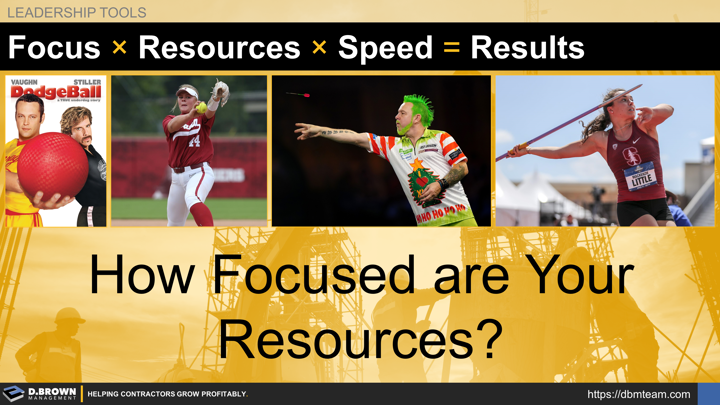Consider a dodgeball, softball, dart, or javelin. All are thrown by a human with similar degrees of energy. Of those four, which one has the highest likelihood of killing something if it were thrown at it?
- A dodgeball is larger, blunt, soft, and has little mass behind it.
- A softball has a decent mass to it but is blunt and not focused. In rare cases (3-4 per year), it tragically causes a death from someone getting hit in the head.
- A dart is extremely sharp (focused) however it has very little overall weight behind it. For this reason, it can accelerate quickly like a person acting alone. This has advantages at times, but this is why initiatives championed by only one person usually fall short of their goals.
- A javelin (spear) has a point that is sharp though not quite as sharp as the dart, yet it has a lot of mass behind the tip of the spear and therefore transfers a lot of the energy it was sent off with to the target.
- How focused are your strategic market choices?
- How focused and well-resourced is your business development?
- How focused is your project planning (award-to-start) process?
- How focused is your recruiting and talent development?
Look at every aspect of your business model and evaluate your focus. Look at where you are spending your time and where the business is spending its resources. How aligned are they around that focus?
Ask your key team members to do the same and compare your answers.
Final thought - remember that speed is a competitive advantage once you have focus and the right resources behind it. All things being equal, a javelin thrown 2x as fast will go much further.

